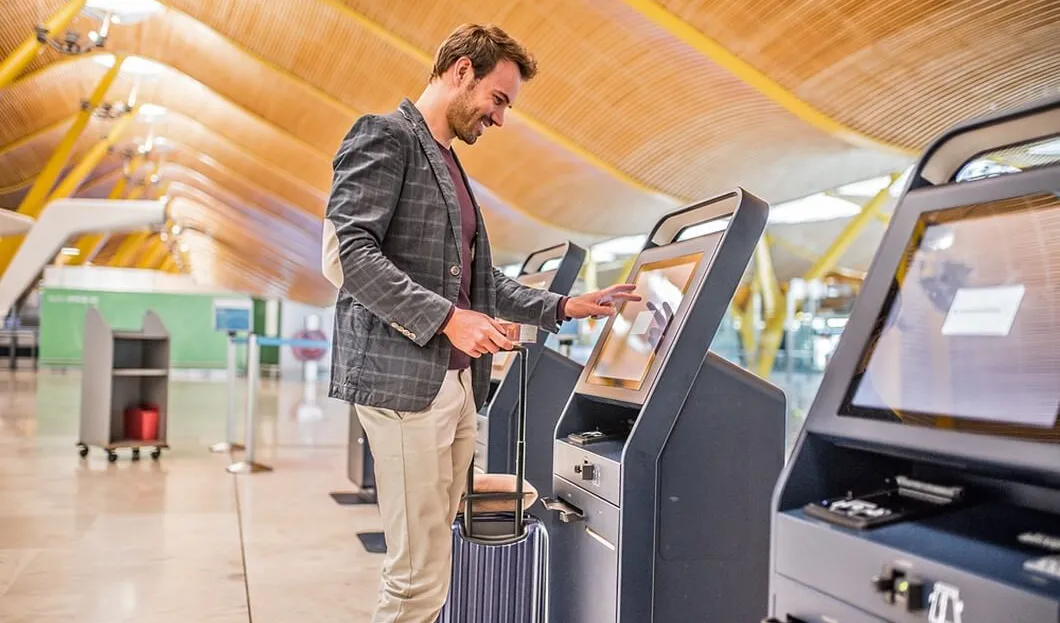
Given the recent global health crisis, there has been an increase in the adoption of technologies that improve the travel experience and protect everyone involved: airlines, employees and passengers.
The way we travel has changed, it is not the same as it was a decade ago, let alone 20 or 30 years ago when technology was not as advanced and perhaps that is why everything was perceived to be easier or there were not as many regulations as today.
Airlines, employees and passengers must take the necessary precautions during the trip, from the moment of check-in until the plane arrives at its destination.
The industry experts share some examples of technology improvements changing tourism and what happens behind the scenes as they prepare for takeoff.
Remote Documentation
Printing airline tickets, reservations and other physical documents is becoming less common. Airlines have placed special emphasis on reducing the need for contact between employees and passengers.
The travel check-in process can be completed from a website or an app that creates an ID or QR code to scan before boarding.
These solutions are not new, but they have become more relevant. However, for the travel industry, it can be a challenge to have functional scanners and terminals connected to the system, while maintaining correct and up-to-date records for each passenger.
Autonomous Vehicles and Robots
From security robots to androids that help passengers check-in and autonomous vehicles that distribute bags, this trend is likely to become more relevant due to staff shortages at airports as a result of the pandemic.
Currently, airports such as Heathrow and Dallas Fort Worth International are experimenting with autonomous vehicles that transport passengers and move luggage.
Electronic Tags
To ensure correct and optimal baggage handling, more and more airlines are adopting electronic tags using scanners to share the location of each bag with a centralized system.
This facilitates efficient decision-making when a passenger's luggage is lost or stolen. For example, Fraport AG airport in Frankfurt, Germany, upgraded its entire mobility infrastructure to support staff on the tarmac while processing more than 120,000 bags per day for approximately 69.5 million passengers each year.
Touchless Check-in
Talking face-to-face with immigration staff, handing luggage to airline employees or exchanging information without masks and healthy distance is no longer an option.
Airports must provide sanitized spaces and eliminate physical contact as much as possible, so they have cleaning and disinfection protocols in place.
In addition, airports are adopting facial recognition systems for check-in, contactless terminals and, in some cases, intelligent platforms that use machine learning to analyze airport traffic and make gate changes to avoid crowded spaces.









